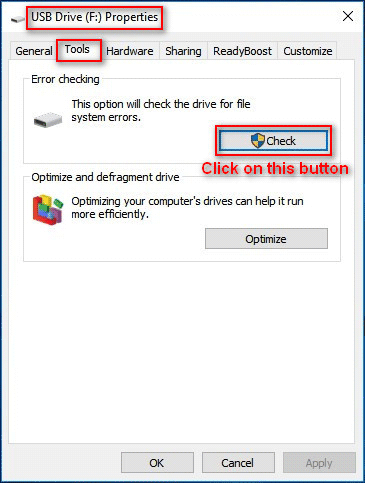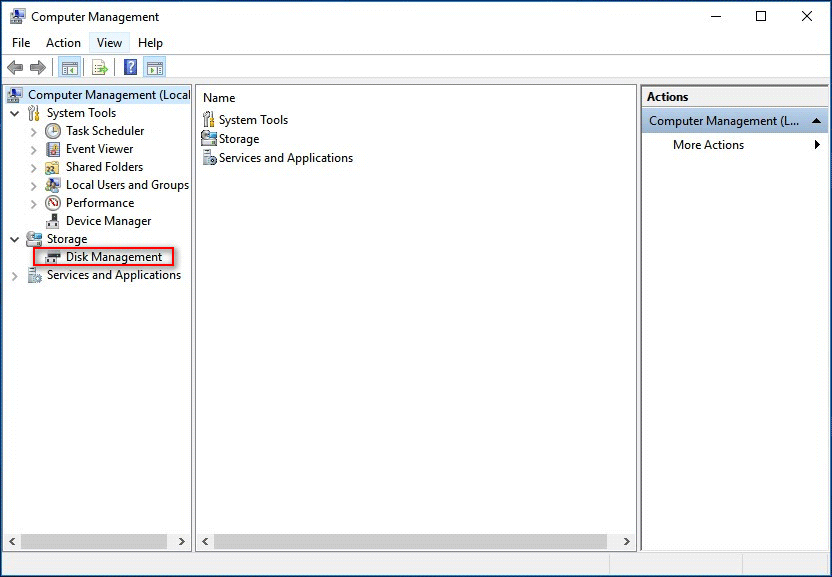This artile will illustrate you what CHKDSK is and show you how to use CHKDSK in Windows 10.
What Is CHKDSK
CHKDSK is a command that can be run in Command Prompt to verify the logical integrity of the file system. The full name of CHKDSK is actually checkdisk; as the name suggests, it is designed to check disk for errors and then fix it. CHKDSK works on the basis of certain partition file system to create and display the disk status. If CHKDSK is typed without any parameters, the disk status in the current drive will be displayed to people.
CHKDSK utility can be found in all Windows versions, such as, Windows XP/7/8/10 and DOS. Moreover, you can even run this command from a Windows installation disc.
How to Use CHKDSK
All the following operations are performed under Windows 10.
Run it in Command Prompt
Step 1: find the Command Prompt on your computer in the way you prefer.
Step 2: run the Command Prompt as administrator.
Step 3: type “chkdsk” (often, there is a parameter followed, such as “/f”, “/r” and “b”).
Step 4: press “Enter” on the keyboard.

Run it in File Explorer
Step 1: open File Explorer on your Computer.
Step 2: right-click on the target disk that you want to check.
Step 3: choose “Properties” from the pop-up menu.
Step 4: navigate to “Tools” tab.
Step 5: find “Error checking” and click on the “Check” button.

Run it in Disk Management
Step 1: right-click on “This PC” icon and choose “Manage”.
Step 2: select “Disk Management” from left pane.
Step 3: locate the target disk that you want to check.
Step 4: right-click on it and select “Properties”.
Step 5: please refer to the previous method – “Run it in File Explorer” – for the remaining steps.

Attention:
What if you run CHKDSK on the wrong disk and then find that it has deleted the files you need? Don’t worry too much, CHKDSK Deletes Your Data? Now Recover Them in Few Steps tells you how to do exactly.
Precautions for Use
1. CHKDSK cannot be used for assigned drives and networks.
Specifically, the CHKDSK command cannot be used for disk checking on drives formed by the SUBST command or network drives.
2. CHKDSK cannot be used for scanning physical disk errors.
The CHKDSK command is designed to check logical errors, instead of physical errors. To find physical errors on the disk, please make use of the ScanDisk program.
3. Bad disk sector will be marked by CHKDSK.
Both the CHKDSK command and ScanDisk (or other physical disk error correction programs) will mark the disk sector as “bad” once error is detected. So the bad sectors will not do harm to the disk and data on it.
4. CHKDSK does not patch cross-linked files.
If two files or directories share a record of the same disk space, CHKDSK will report a cross-linked file and give information like “is cross linked on allocation unit”. Yet, it won’t patch the cross-linked file even if “/f” is specified. Also, you need to run ScanDisk program or do manual repair in order to patch the cross-linked file.
5. Please do not use CHKDSK when any files are opening in the system.
If you run CHKDSK when there is a file opening, the corresponding MS-DOS will modify the file allocation table and directory structure; but, those changes may not be performed at the same time. Therefore, the system will regard the inconsistencies between the directory structure and the file allocation table as erroneous, resulting in data loss or file system corruption.